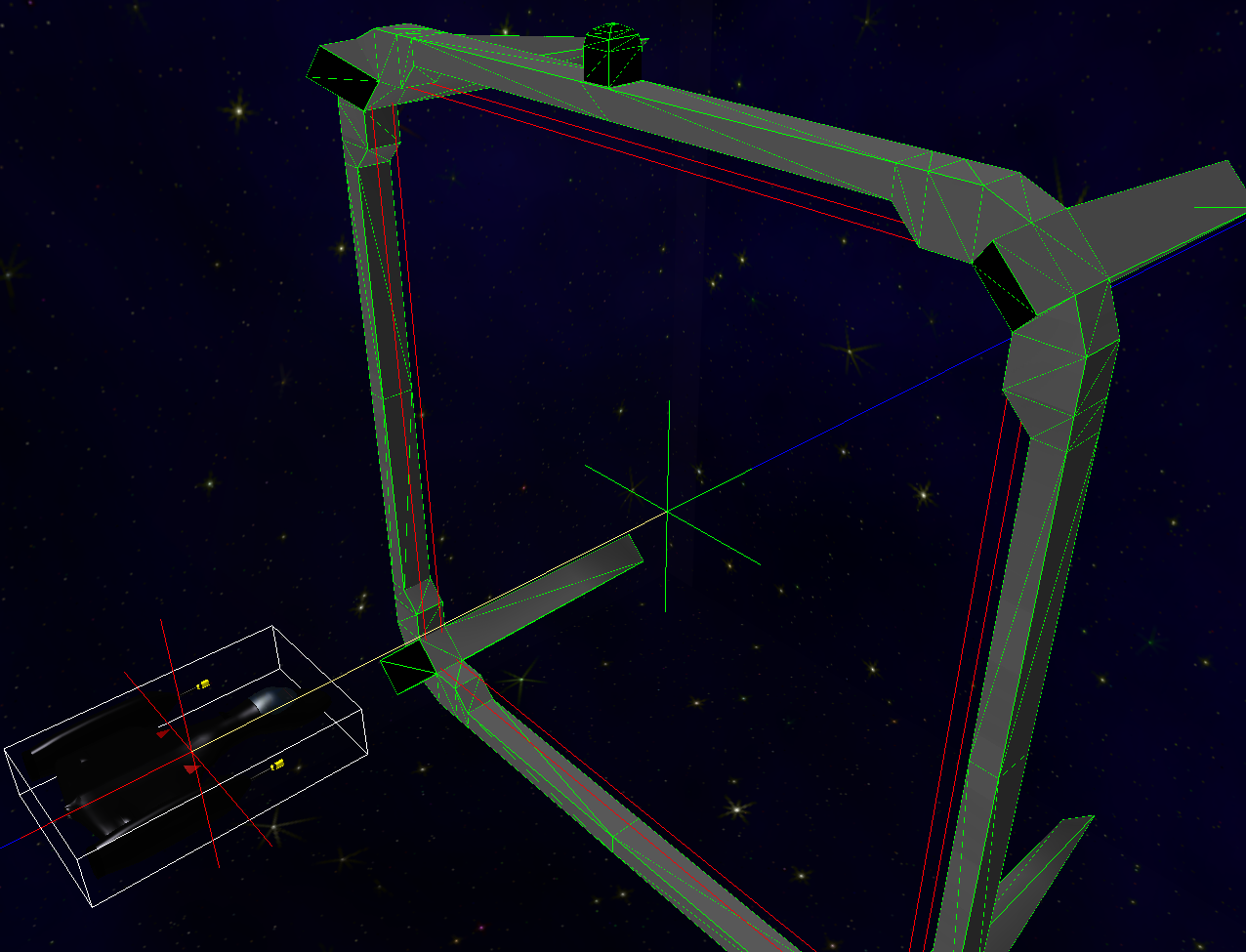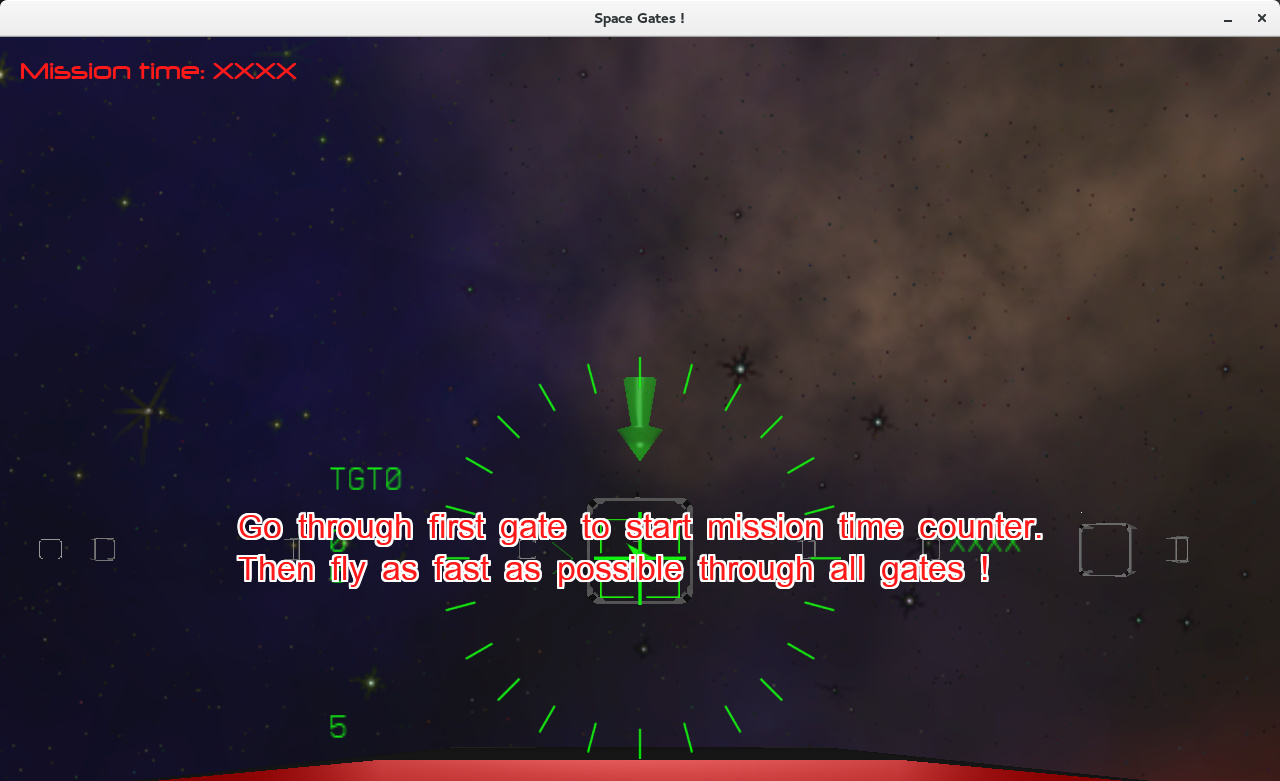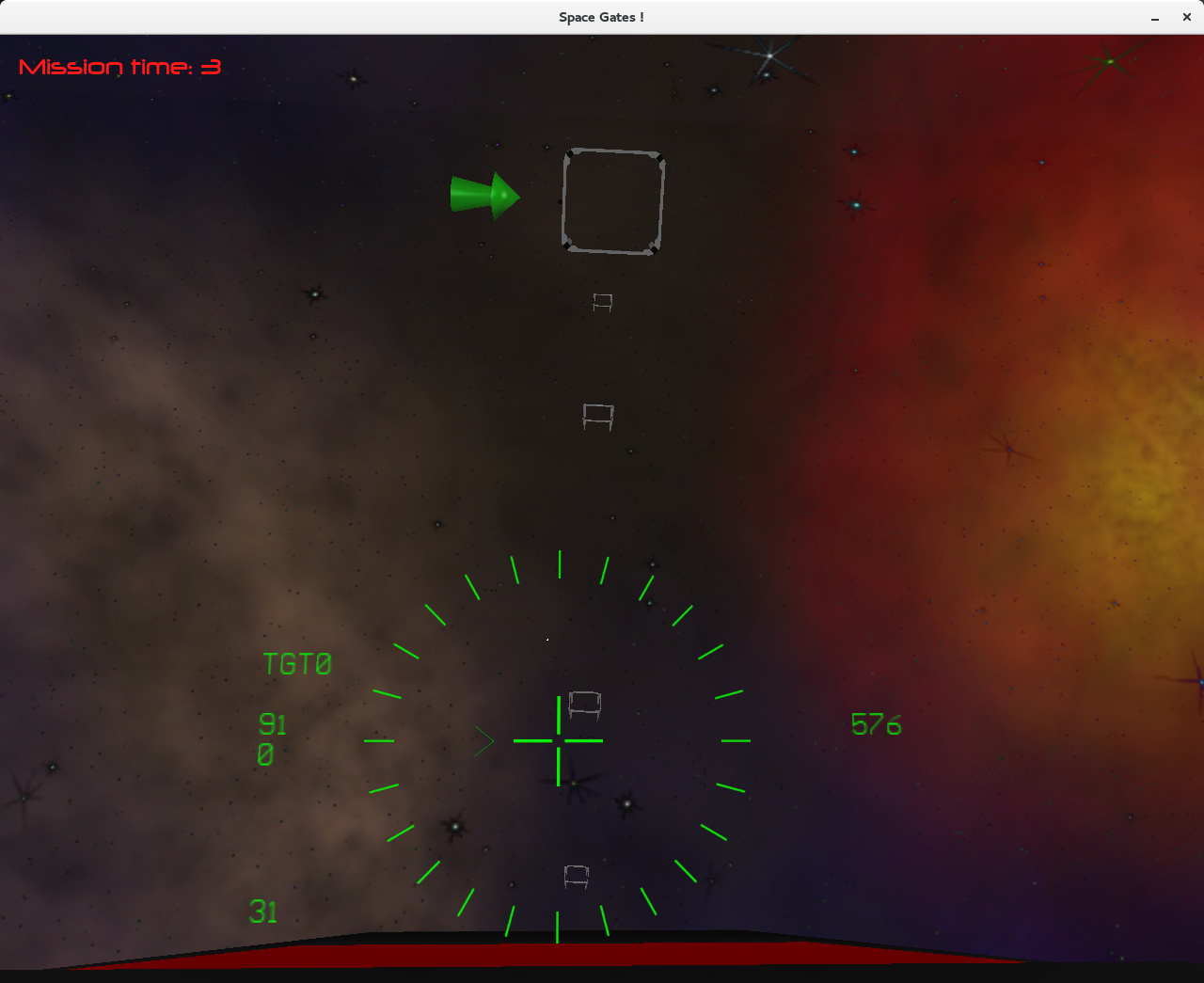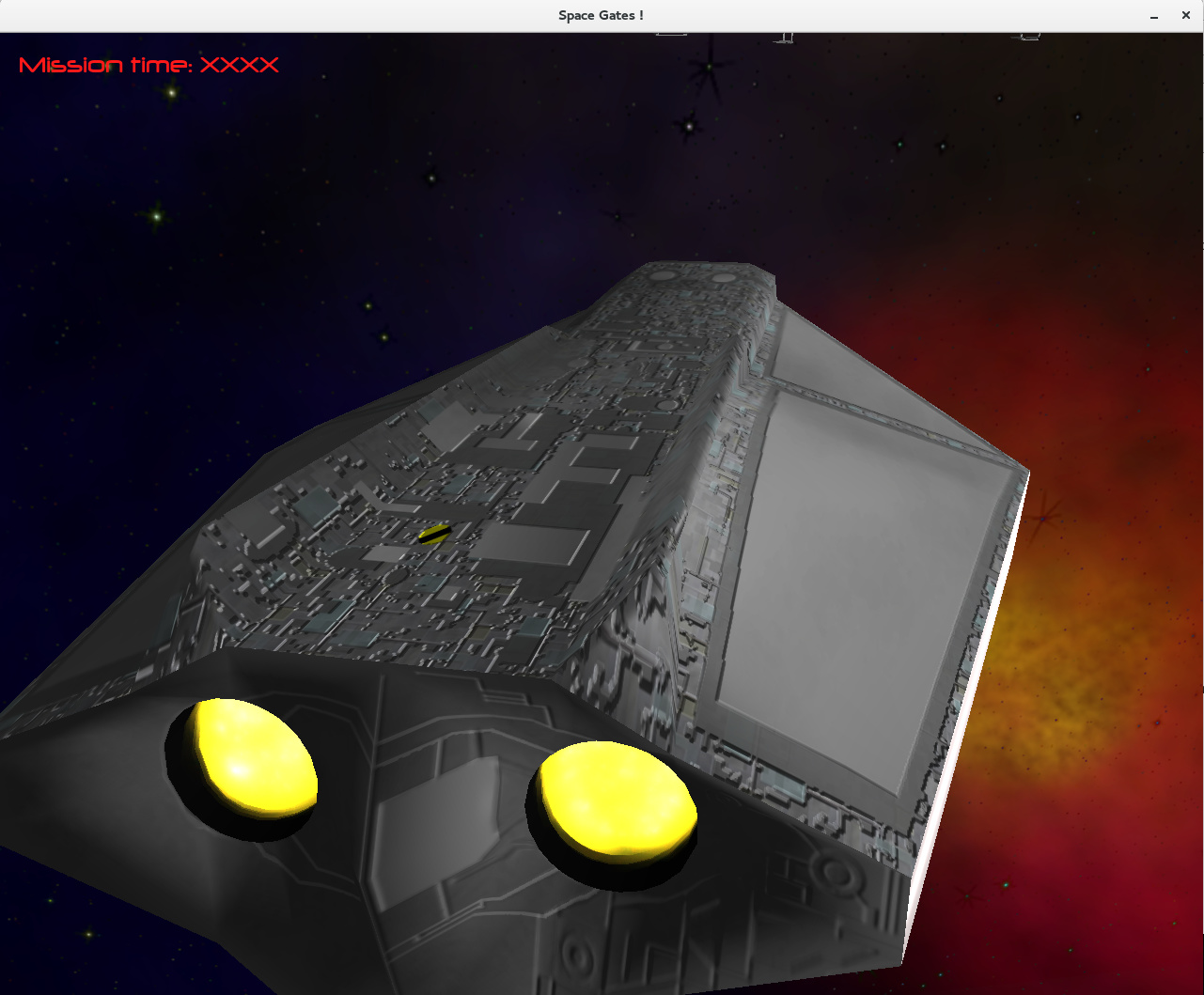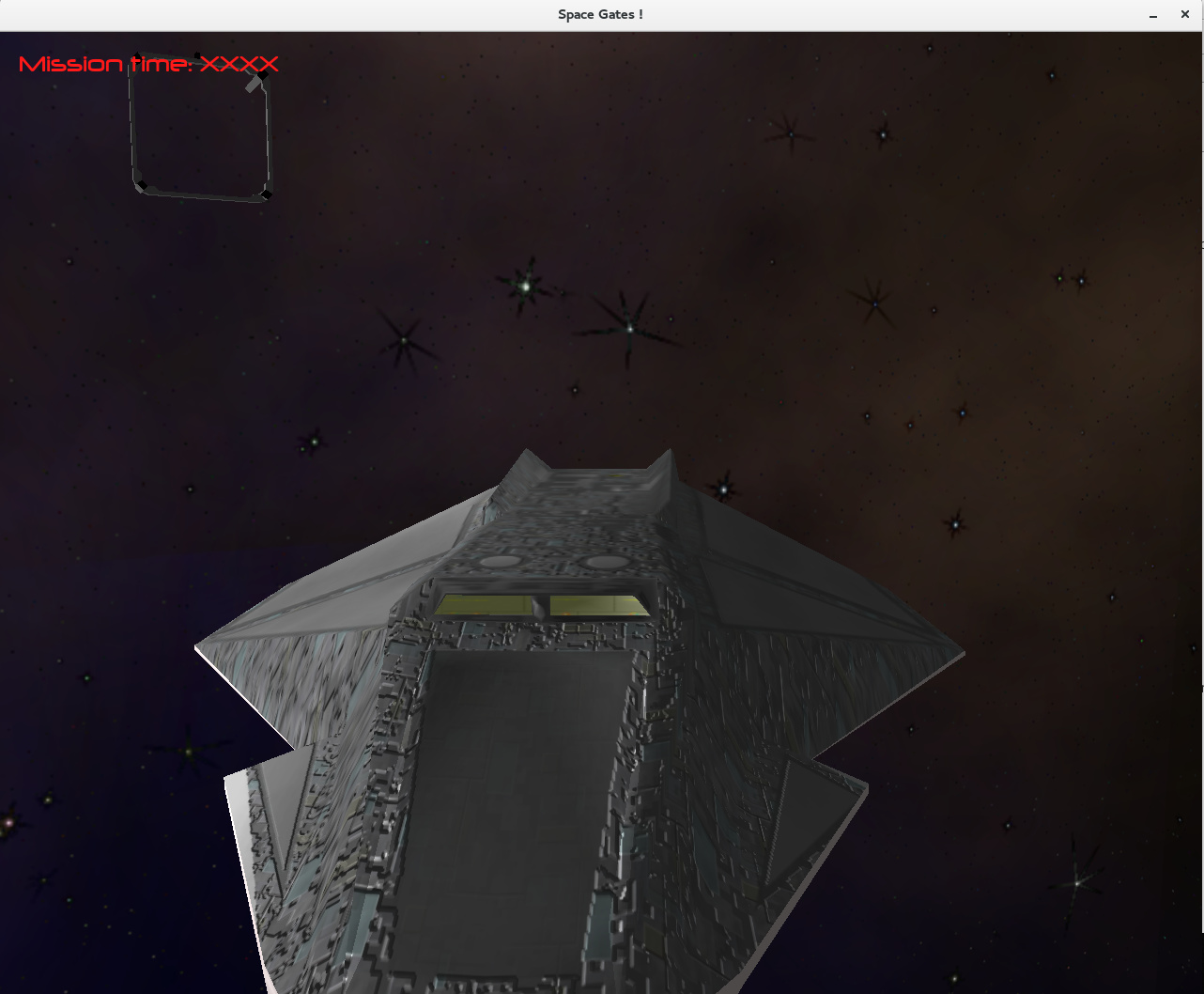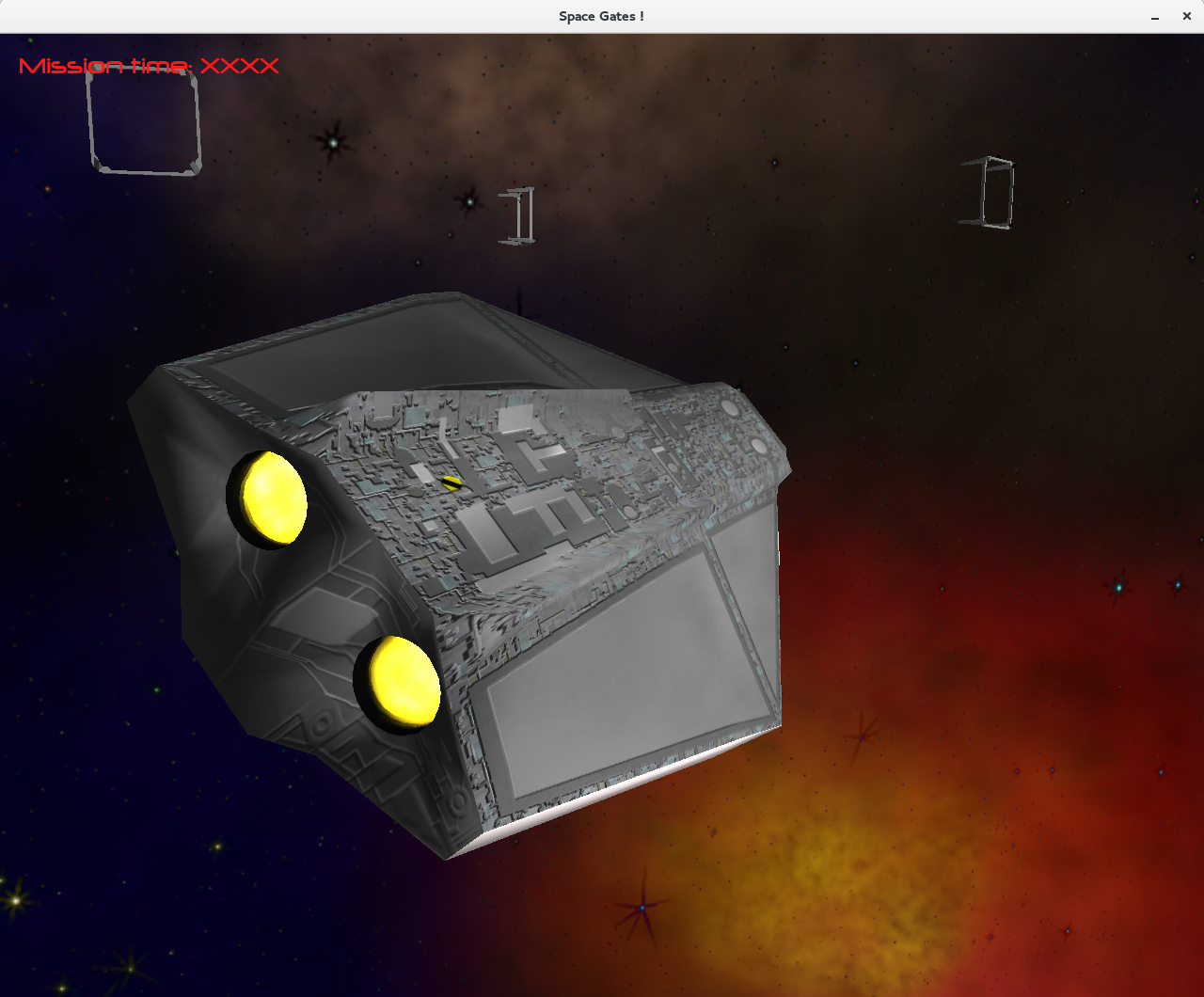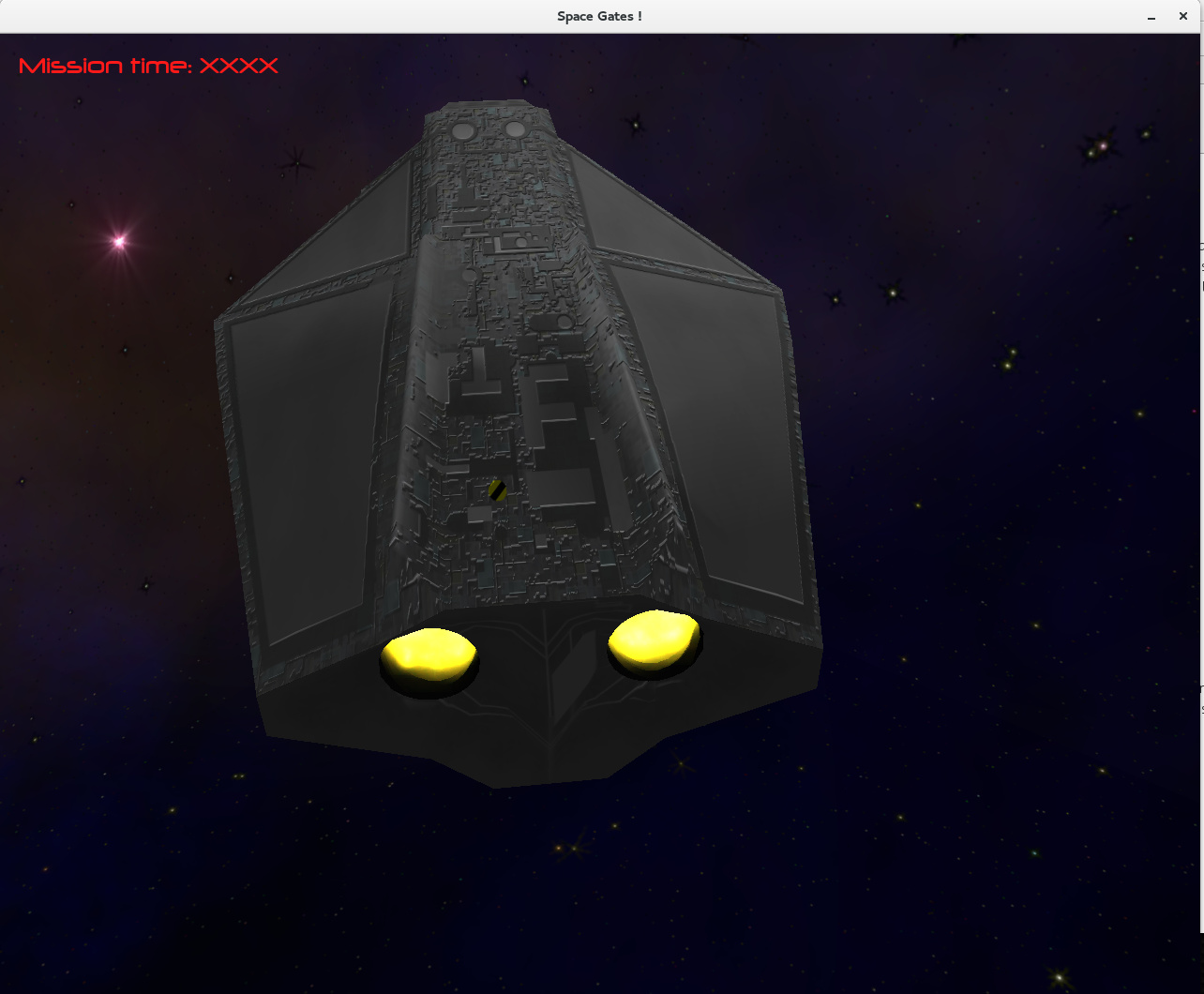Hello all,
I am experimenting various features of Urho3D through the development of a light space simulation game.
I just wanted to post a short video showing a preview.
It is here:
http://ingels.me/~charles/videos/hud.mp4
Another cool video (with soundtrack) :
http://ingels.me/~charles/videos/blackswann_final.mp4
The last feature I added is the HUD which displays various symbols on a transparent plane that is in front of the pilot. I played with 3D geometry and using Urho3D various classes, it was quite touchy but funny.
The space ship (the black one) can be controlled using a joystick (this is really recommended) and it is possible to go through the gates that have flashing lights.
There are many features that I would like to add in that game, and for the moment, I detect collision between the spaceship and the gates. However, I am thinking at a good way to detect if the spaceship goes through the gates (without colliding them). For that, I have thought to add an invisible cube inside each gate and detect collision between those cubes and the spaceship but I do not want any action on the ship trajectory due to the collision (no physical reaction). Any better idea and feedback is welcome.
I hope you enjoy that short video.
Regards !


